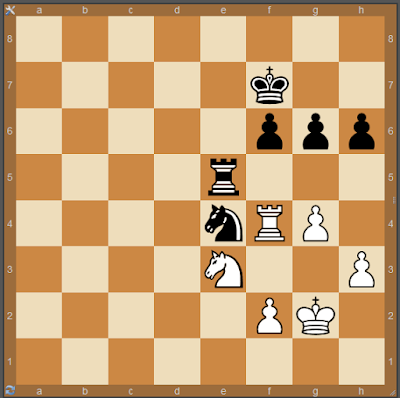Weird things can happen

From time to time I'm presented with a problem that takes me an absolute weird time to solve. Take for instance the following diagram: White to move 4r2Q/p2r1k2/1p6/3b2Pp/2q1P3/2B2PK1/8/8 w - - 1 1 [ solution ] It took me a shocking 6 (!) minutes to solve this problem. I kept repeating the wrong moves over and over again in my mind. Now I have made a new pattern of it. The queen as a hammer, and the two squares behind the king as an anvil. Belief me, I have used this pattern very often since I invented it. I just look for the squares that are suited as an anvil to crush the king against. It is much easier when you know what you are looking for.




